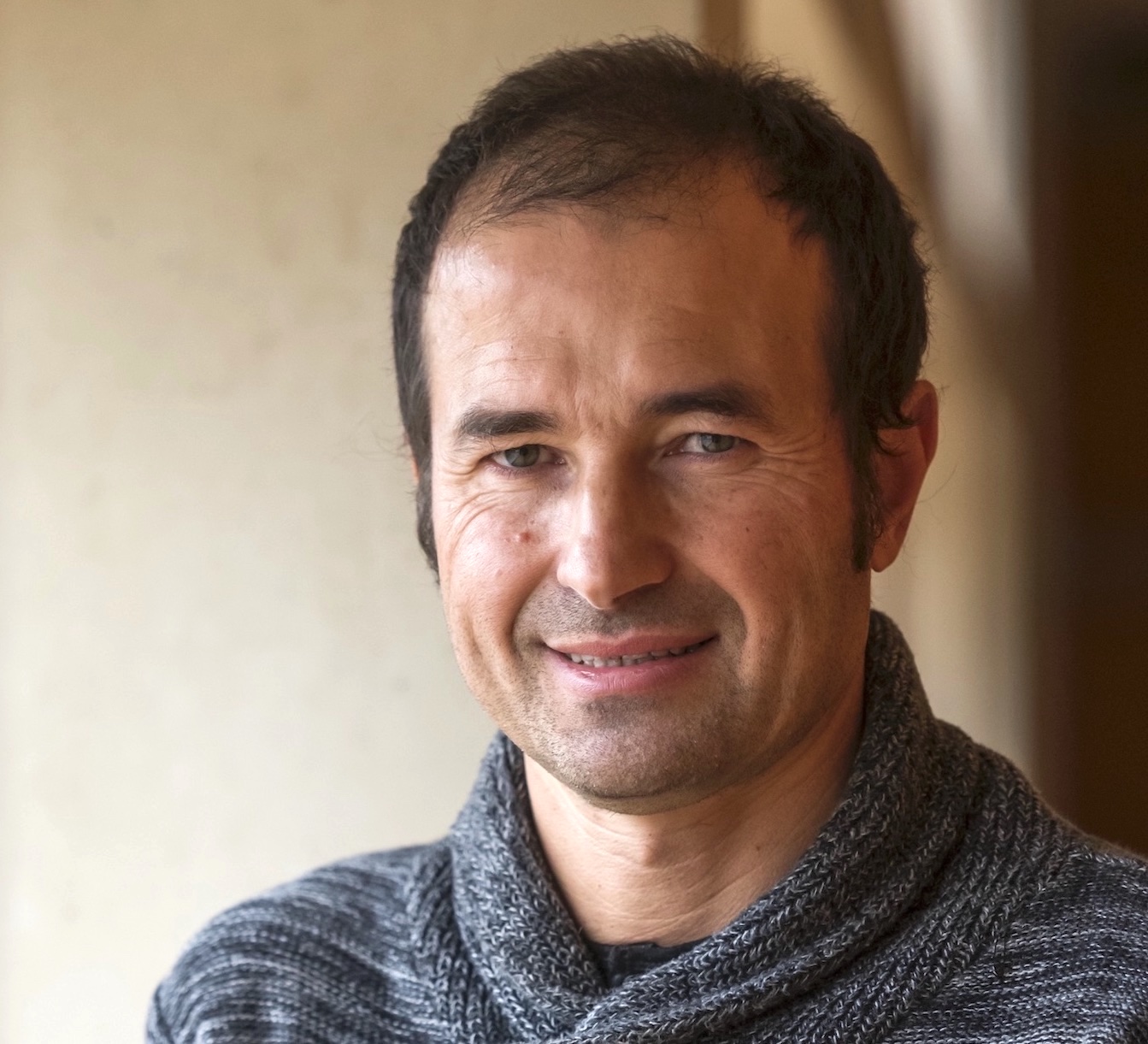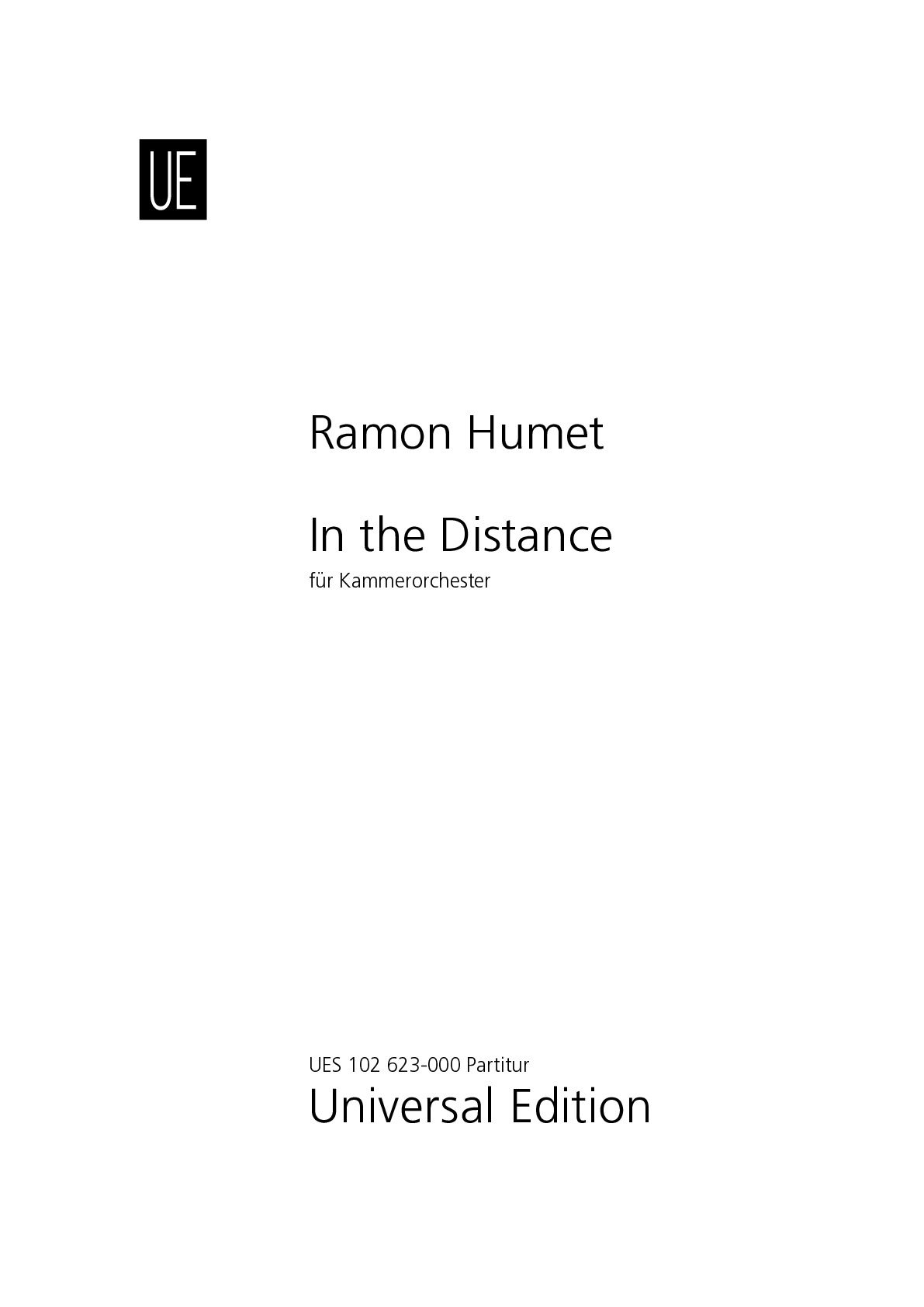

Ramon Humet
In the Distance
Short instrumentation: 2 2 2 2 - 2 2 0 0, perc(2), str
Duration: 17'
Instrumentation details:
1st flute
2nd flute (+picc)
3rd oboe
4th oboe
5th clarinet in Bb
6th clarinet in Bb (+bass cl)
7th bassoon
8th bassoon
9th horn
10th horn
11th trumpet in C
12th trumpet in C
13th percussion
14th percussion
violin I (6 players)
violin II (6 players)
viola (4 players)
violoncello (4 players)
double bass (2 players)
In the Distance
Sample pages
Video
Work introduction
In the Distance is the recipient of the Andrés Gaos International Composition Prize.
In the Distance deals with different manifestations of the Doppler effect: remoteness, movement, frequency shift, filtering, acceleration, stasis ... It also includes unrealistic phenomena that are only possible in the electronic field: pre-Doppler effect — the same effect but with retrograde time—, inverted Doppler —the frequency rises when the focus of the sound moves away—, and changes in the relationship between spectrum and frequency.
The movement of a sound focus generates a sense of activity in the listener. In some passages of the work, there is a complex static texture with very dynamic internal movement thanks to the proliferation of light Doppler micro-effects sequences.
The work is structured in a series of nine short movements, like sonic haikus, which seek to show flashes of phenomena of reality. This lack of development makes you aware of the momentum, and how the sounds move in time, are born, live and die: a landscape with multiple parallel times that together set up a complex time.
In the Distance is the recipient of the XIV Andrés Gaos Composition Prize, and it is dedicated to Benet Casablancas, with gratitude.
Ramon Humet

